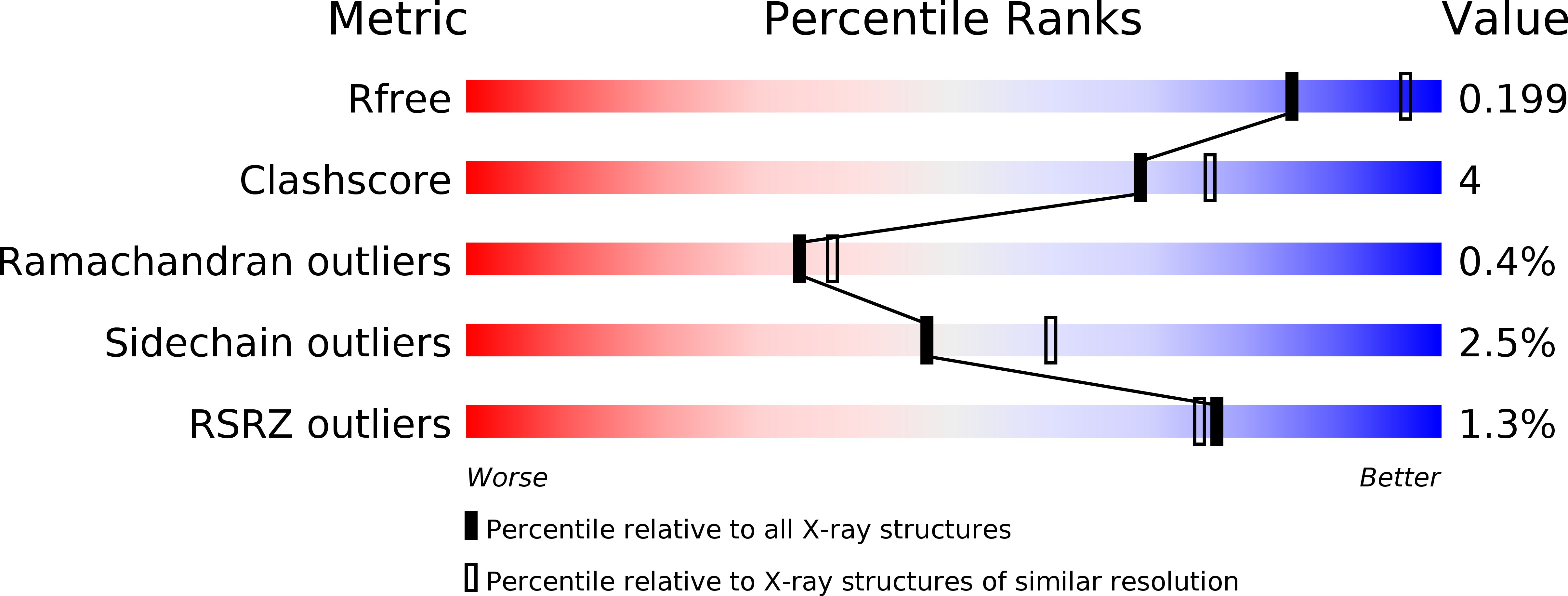
Deposition Date
2015-01-14
Release Date
2015-03-25
Last Version Date
2024-02-28
Entry Detail
PDB ID:
4S1K
Keywords:
Title:
Structure of Uranotaenia sapphirina cypovirus (CPV17) polyhedrin at 100 K
Biological Source:
Source Organism:
Uranotaenia sapphirina cypovirus (Taxon ID: 311554)
Method Details:
Experimental Method:
Resolution:
2.20 Å
R-Value Free:
0.19
R-Value Work:
0.14
R-Value Observed:
0.15
Space Group:
I 2 3


